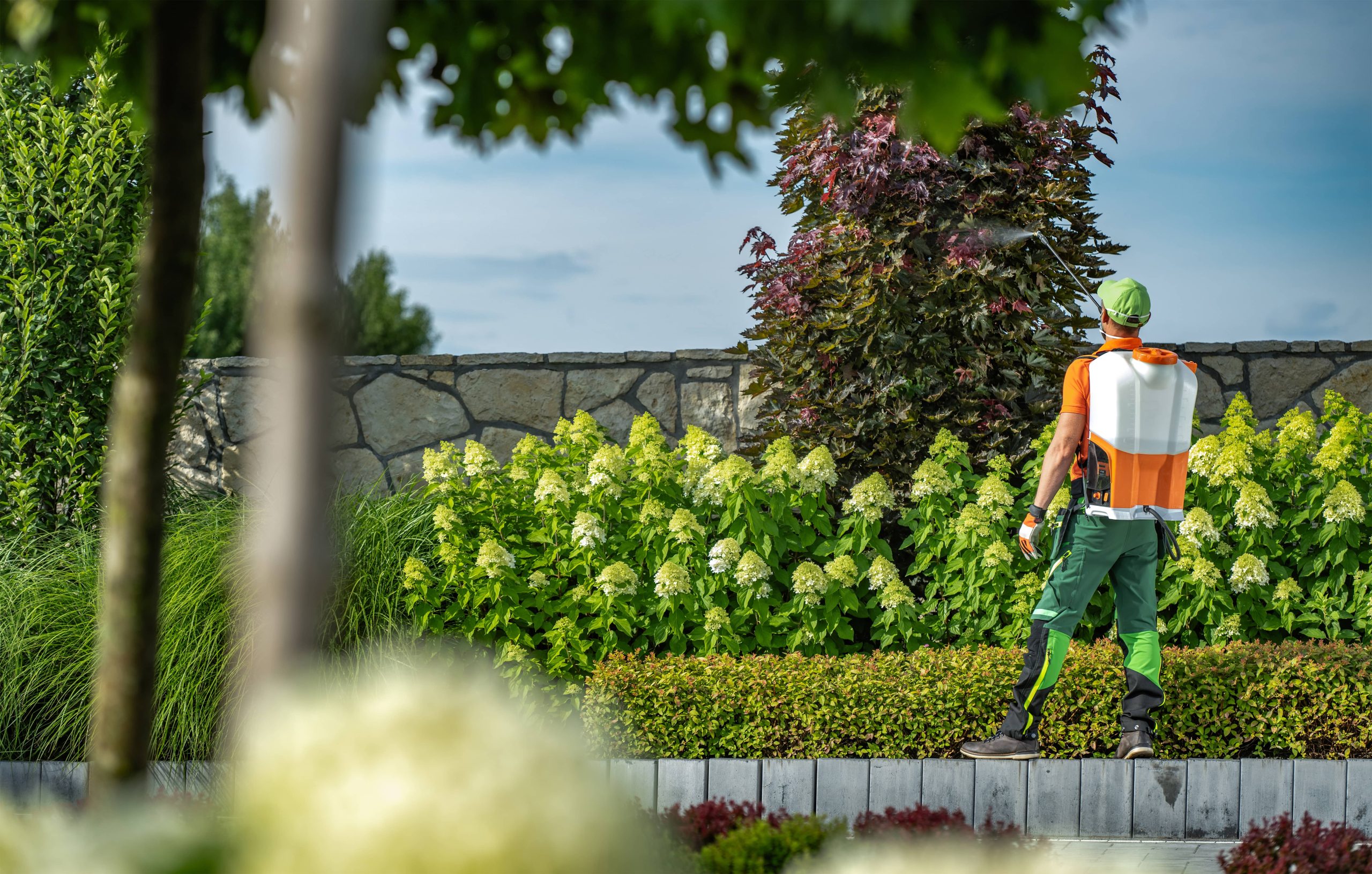
A lush, green lawn is a dream for many home and garden enthusiasts. However, achieving this picturesque landscape often conjures up images of chemical fertilizers and synthetic treatments. What if I told you that it’s entirely possible to have a vibrant, healthy lawn using natural methods? By focusing on soil health, proper lawn maintenance, and eco-friendly practices, you can cultivate a lawn that not only looks fabulous but is also kind to the environment. Let’s explore some of these methods in more detail.
Understand Your Soil
Before embarking on any lawn transformation, understanding your soil is crucial. Soil health forms the foundation of any thriving garden or lawn. Conduct a soil test to determine its pH level and nutrient content. This will help you understand what your lawn soil may be lacking. Most grasses prefer a pH between 6.0 and 7.0.
If your soil is too acidic, adding lime can help neutralize it, whereas sulfur can be used if it’s too alkaline. A soil test will also reveal nutrient deficiencies. Organic compost or natural fertilizers can be used to replenish your soil with essential nutrients like nitrogen, phosphorus, and potassium without resorting to harsh chemicals.
Choose the Right Grass
Selecting the right type of grass is integral to achieving a naturally lush lawn. Depending on your climate, soil type, and the amount of sunlight your lawn receives, certain grass species will thrive better than others. For instance, in cooler climates, Kentucky bluegrass and perennial ryegrass are excellent choices, while Bermuda grass and St. Augustine grass are ideal for warmer regions.
Opt for native grass varieties aiming for biodiversity, as these typically require less water and maintenance, and are naturally more resistant to local pests and diseases.
Aeration and Dethatching
Compacted soil restricts root growth and impedes water, air, and nutrient absorption. Aeration, the process of punching small holes in the soil, can alleviate this compaction. The ideal time for aeration is during the growing season when grass can heal and fill open areas after soil plugs are removed.
In addition, dethatching – the removal of thatch, the layer of dead grass and roots on the surface of soil – is critical. A small amount of thatch (less than half an inch) can be beneficial, but an excess can harbor pests and diseases. Use a dethatching rake or machine to keep the layer in check and improve your lawn’s health.
The Power of Composting
Creating a robust composting routine can do wonders for your lawn. Compost acts as a natural fertilizer and soil conditioner, enhancing soil structure and increasing nutrient content. Distribute a thin layer of well-decomposed compost across your lawn a couple of times a year to boost microbial activity and improve soil fertility. Enrich your compost pile with kitchen scraps, garden waste, and even lawn clippings to create a sustainable nutrient cycle.
Embrace Natural Fertilizers and Amendments
Ditch synthetic fertilizers in favor of natural alternatives. Organic fertilizers like bone meal, blood meal, and fish emulsion provide necessary nutrients without harming the environment. These natural fertilizers release nutrients more slowly compared to chemical options, meaning they feed your grass gradually over time.
Additionally, consider using biochar—a form of charcoal that enhances soil fertility and reduces nutrient leaching—especially in areas prone to nutrient runoff.
Water Wisely
An often overlooked component of maintaining a lush lawn is efficient watering. Overwatering can wash away nutrients and contribute to fungal diseases. Implement a deep yet infrequent watering schedule to encourage deep root growth and make your grass more drought-tolerant.
Early morning is the best time to water your lawn to minimize evaporation and fungal diseases. Implementing a rainwater harvesting system can help conserve water and reduce your reliance on municipal supply.
Natural Pest and Weed Control
Instead of relying on chemical herbicides and pesticides, encourage a healthy ecosystem in your lawn to naturally deter pests and weeds. Introducing beneficial insects like ladybugs and lacewings, which prey on lawn-damaging pests, can keep your grass healthy. Additionally, maintaining a proper mowing height can prevent weeds from accessing sunlight, inhibiting their growth naturally.
Corn gluten meal, a natural pre-emergent herbicide, can help thwart weed growth if applied at the right time. Hand-pulling weeds and using mulch to suppress them are also effective natural strategies.
Mowing Techniques
How you mow your lawn significantly impacts its health. Adjust your mower’s height according to the grass type and season. Generally, keep grass longer in the summer to shade the soil, retain moisture, and outcompete weeds. The rule of thumb is never to remove more than one-third of the grass blade in a single mowing, as this can stress the plant.
Moreover, leaving grass clippings on the lawn returns nutrients to the soil and reduces waste—a process known as grasscycling. It’s an easy step towards maintaining a lush and healthy lawn naturally.
Conclusion
Achieving a lush lawn doesn’t require harmful chemicals or excessive intervention. By focusing on soil health, choosing the right grass, and adopting natural lawn care practices, you can create a thriving lawn that’s both beautiful and environmentally friendly. With patience and dedication, your lawn can become a testament to the power and beauty of nature’s methods. Happy gardening!













